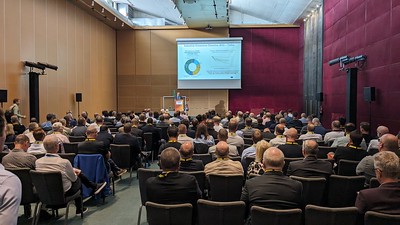| Abstract Title: | Pollution origin assessment through contextual clustering methodologies to provide an intelligent policy decision making for climate change mitigation |
| Presenter Name: | Mr Eduardo Illueca Fernández |
| Co-authors: | Ms Nuria Bernabe Mulero Mr Alejandro Pujante Pérez Dr Antonio Jesus Jara Valera |
| Company/Organisation: | Libelium |
| Country: | Spain |
Abstract Information :
Air quality monitoring and emission contributions is one of the key challenges in digital transformation in the following years. For this reason, understanding the source of the pollution is a key point when taking measures for climate change mitigation, because we need to understand where pollution is coming from to be able to address the problem correctly, making sure that the measures taken which require an inversion will have the expected outcome. However, there is a lack of measures in the state of the art regarding pollution origin estimations. At the end, this is a land classification problem, where the spatial units are aggregated according to spatial contiguity or adjacency constraints. In this context, this restrictions are defined by the pollutant concentration values of the different spatial units – in this work we will define the spatial unit as each cell of a grid domain. The best way to solve this problem is through clustering algorithms, but it is crucial to complement this methods with contextual information. For this reason, our solution implements a clustering algorithm (DBSCAN) to classify each one of the cells of the domains into one predominant sector. This process is oriented according to the emissions fluxes per sector computed by the emisurf model and the datasets available in Copernicus Atmospheric Monitoring Service. Our solution has been validated in four different scenarios: i) the port of Algeciras, to assess the contribution of the ships to the pollution; ii) the city of Neom, to determine the impact of the construction of new buildings; iii) the effect of the road transport in the Bilbao urban metropolis; and iv) the impact of Low Emissions Zones in city centers. This work goes beyond the state of the art by increasing the resolution of the models to 10 m x 10 m and achieving an accuracy in the classification higher than the 80 %. In this context, this tool will be disruptive in urban planning and decision making for climate change mitigation policies.


